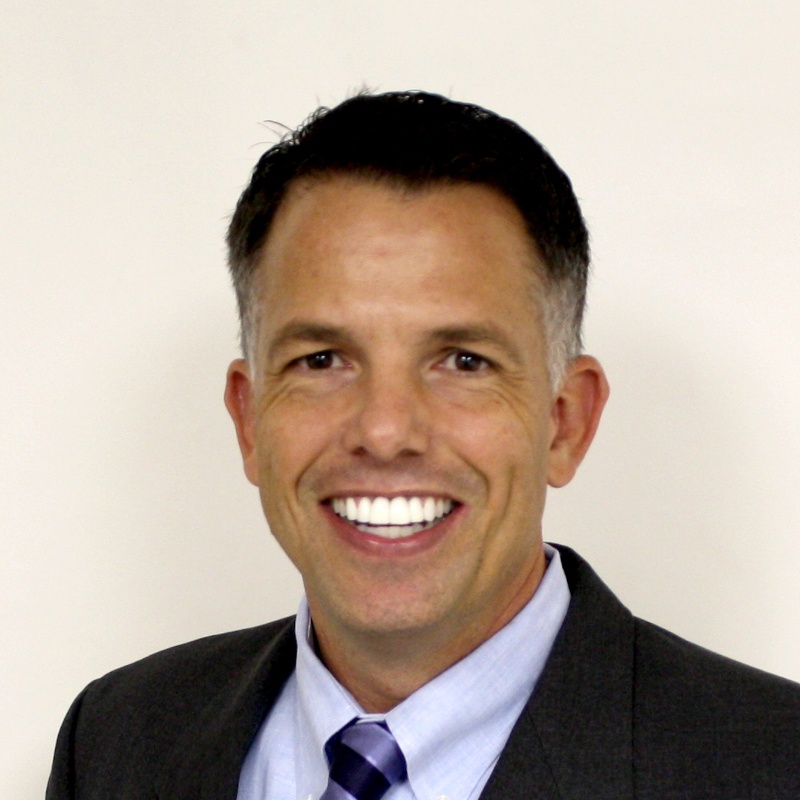Takeaway
Lack of time and minimal control of your schedule can be significant sources of burnout. Discover simple ways to reclaim your time and integrate pleasurable experiences.

Lifelong Learning in Clinical Excellence | January 3, 2023 | 3 min read
By Mike Rucker, PhD, Active Wellness
A couple of years before fun saved my life, my doctoral practicum assignment was assisting a major California hospital network after one of its doctors completed suicide. His death was a wake up call that many physicians in the network were suffering under the pressures of their work. While the suicide was a terrible shock for the organization, survey data collected from doctors throughout the network suggested that a larger crisis was brewing. When I arrived, the chief medical officer of the hospital network was open to new ideas and highly motivated to take action. He was inspired, in particular, by the growing body of academic literature on building resilience through positive psychology techniques. Could these strategies be used to improve physician well-being? If we could somehow teach doctors to be more resilient, the CMO hoped, we could protect his staff from burnout.
Why many workplace wellness programs fail
The programs we evaluated all included some component that would take the physicians away from their work (in turn, increasing their stress) and involved some component of extracurricular learning (essentially giving them more work to do). Because these programs retired more time for healthcare professionals, there was a risk that they would actually increase rates of burnout. And there’s clear evidence that when burnout becomes chronic in a medical setting, a direct line emerges between reductions in physician empathy and a decline in patient outcomes.
A simple solution hiding in plain site
Sparing you the need to read my research on workplace wellness, or my book “The Fun Habit,” an advantageous way for mitigating burnout is finding specific strategies to help create time affluence. We do this by discovering ways to create space for opportunities to reconnect with the people and activities that bring us joy. Fortunately, this is often much easier than it appears at first glance, even for the time-deprived.
The first step is taking a deliberate approach to examining how you spend the 168 hours in your week. How you get curious about your calendar is up to you. What’s important is that in your mindful examination of how you spend your time, you look for activities you’re engaging in only because these routines and patterns have habituated over time.
Ask yourself questions like:
1. What patterns could use reinvention?
2. Where can I take back control or my time?
3. Where can task switching and administrative tasks be improved?
4. Where can tasks be outsourced or delegated?
Creating your own Fun Habit
In my work with physicians, some scoffed at fun as a trivial distraction from their work. However, those who were open to it began to see it as a restorative tonic. Once you’ve taken back a sense of control over your time, elevated from the feeling of dread of being told to pack in “fun” to an already full schedule (I think back to corporate challenges interventions, where 10,000 steps were assigned to already overworked staff—giving them even more work to do!), the final step is simply to use the space you’ve created to connect (or reconnect) with the people, places, and activities that you find pleasant and restorative. As simple as this directive is, it’s actually a radical idea in our era of overwork.
Skeptical? Try it for yourself by reclaiming agency and autonomy over just two to three hours of the 168 in your week. Do things that really bring you joy and invite others to join in the fun. Try this for a few weeks and notice the changes in your vigor and vitality after a month. I’m confident you will not be disappointed (and will likely have a lot more fun, too!).
This piece expresses the views solely of the author. It does not necessarily represent the views of any organization, including Johns Hopkins Medicine.

